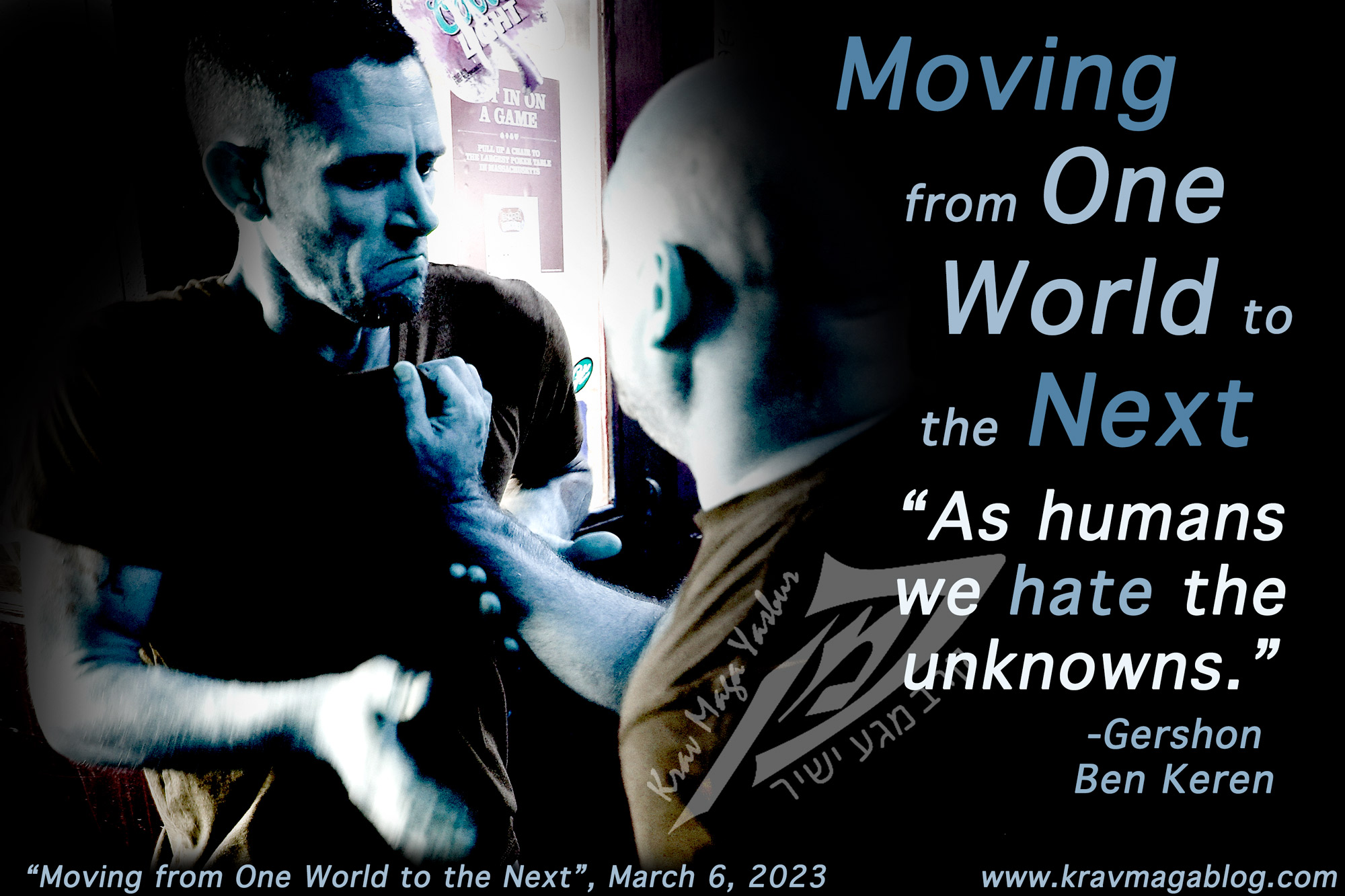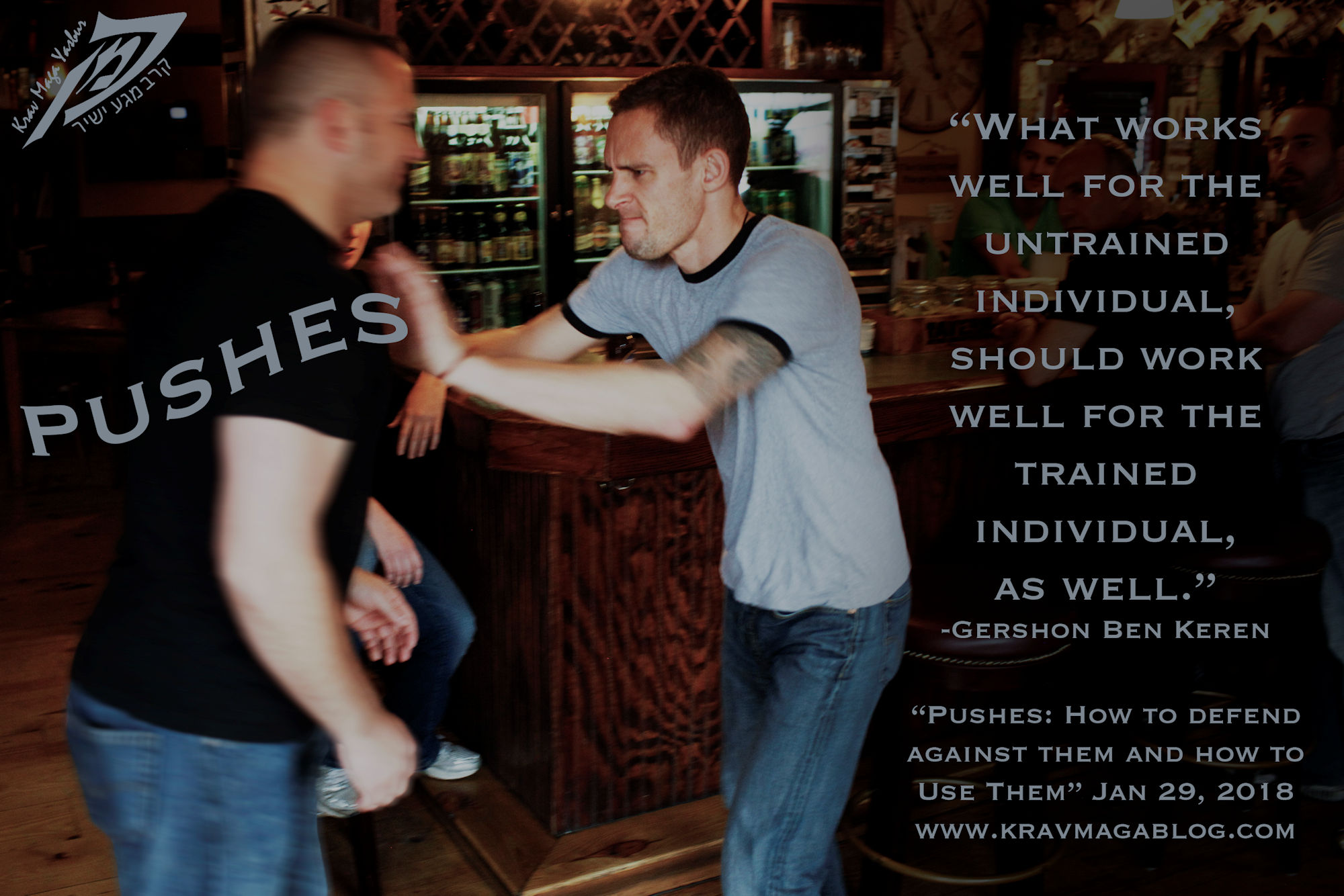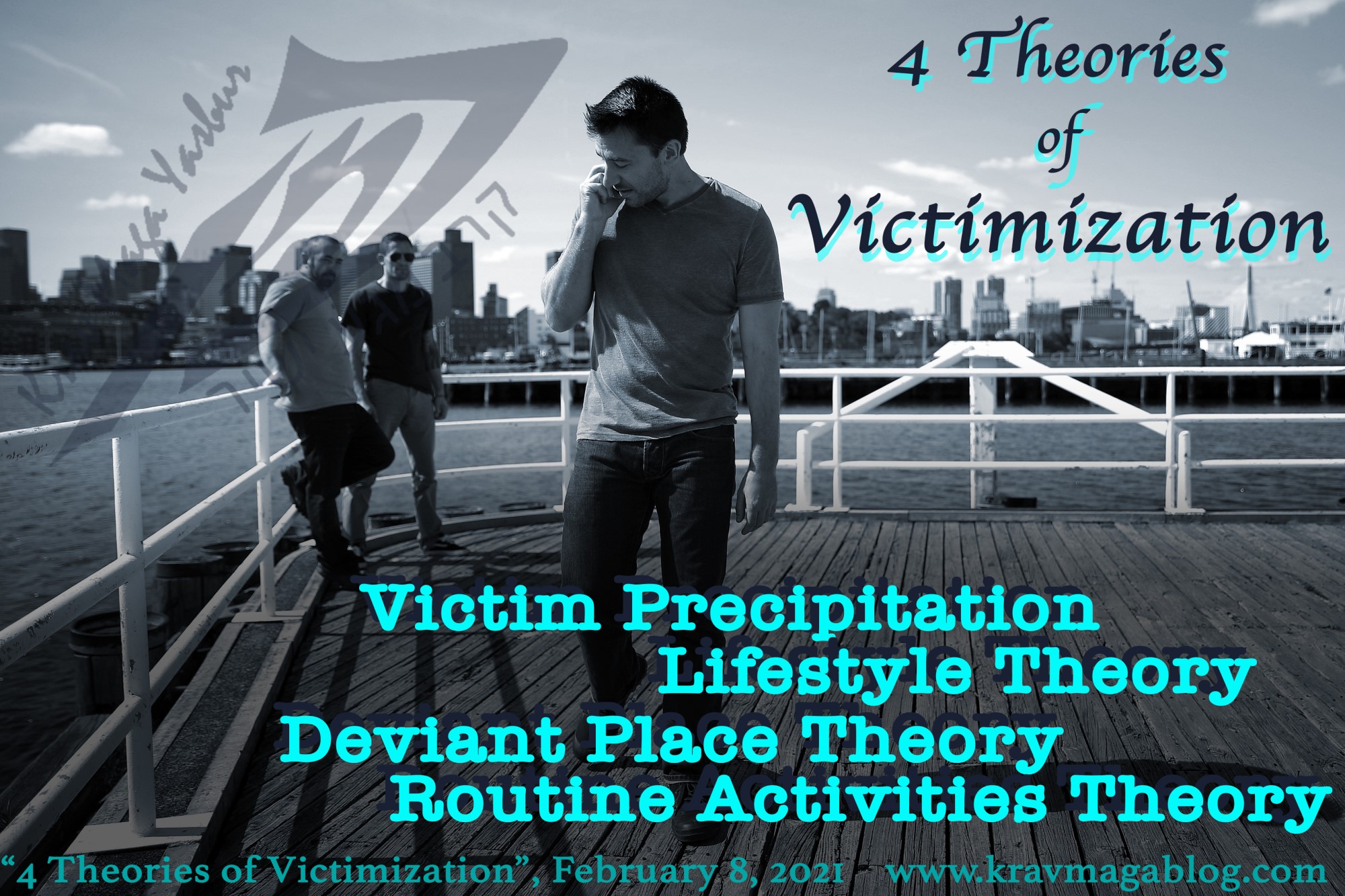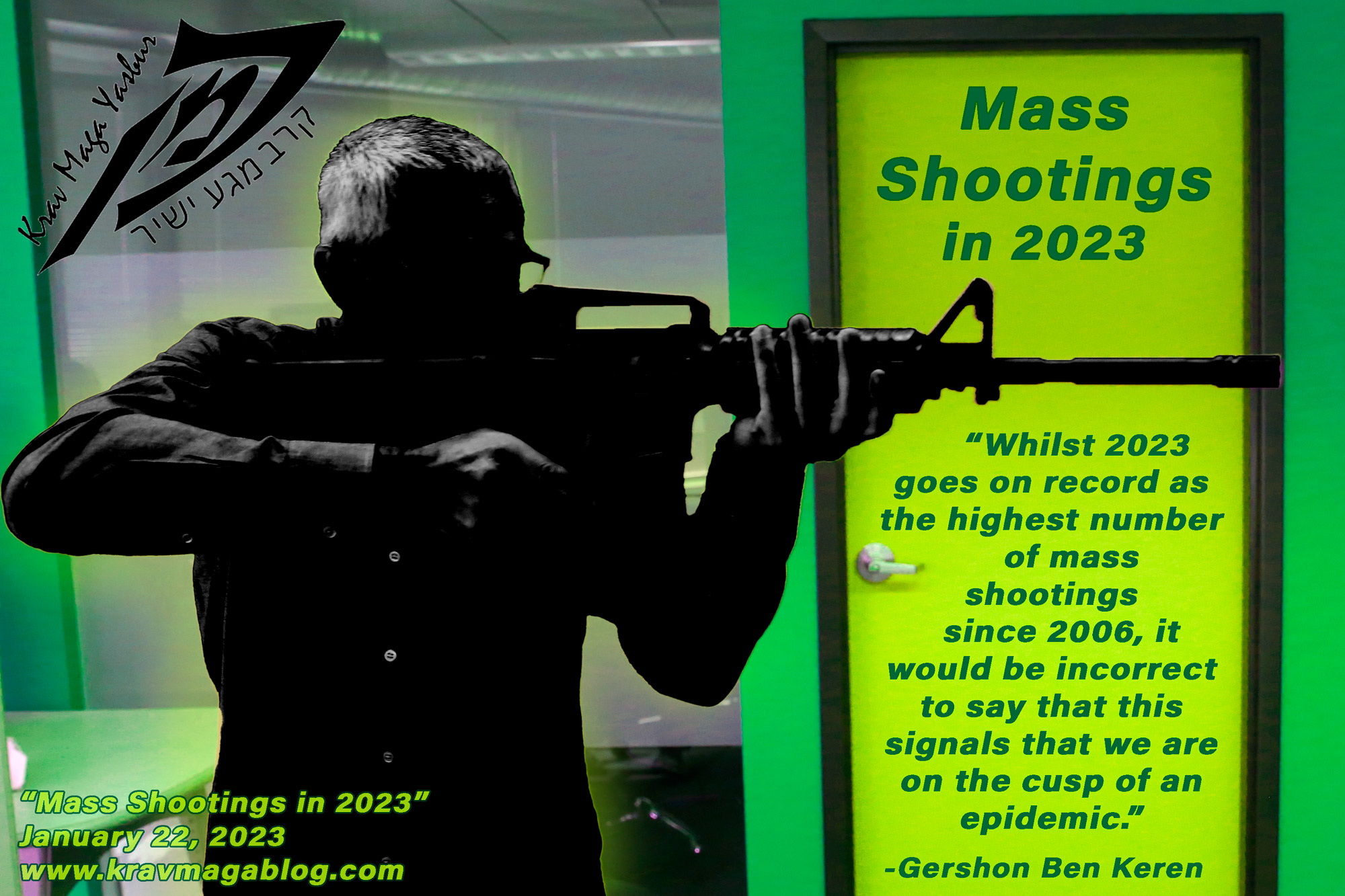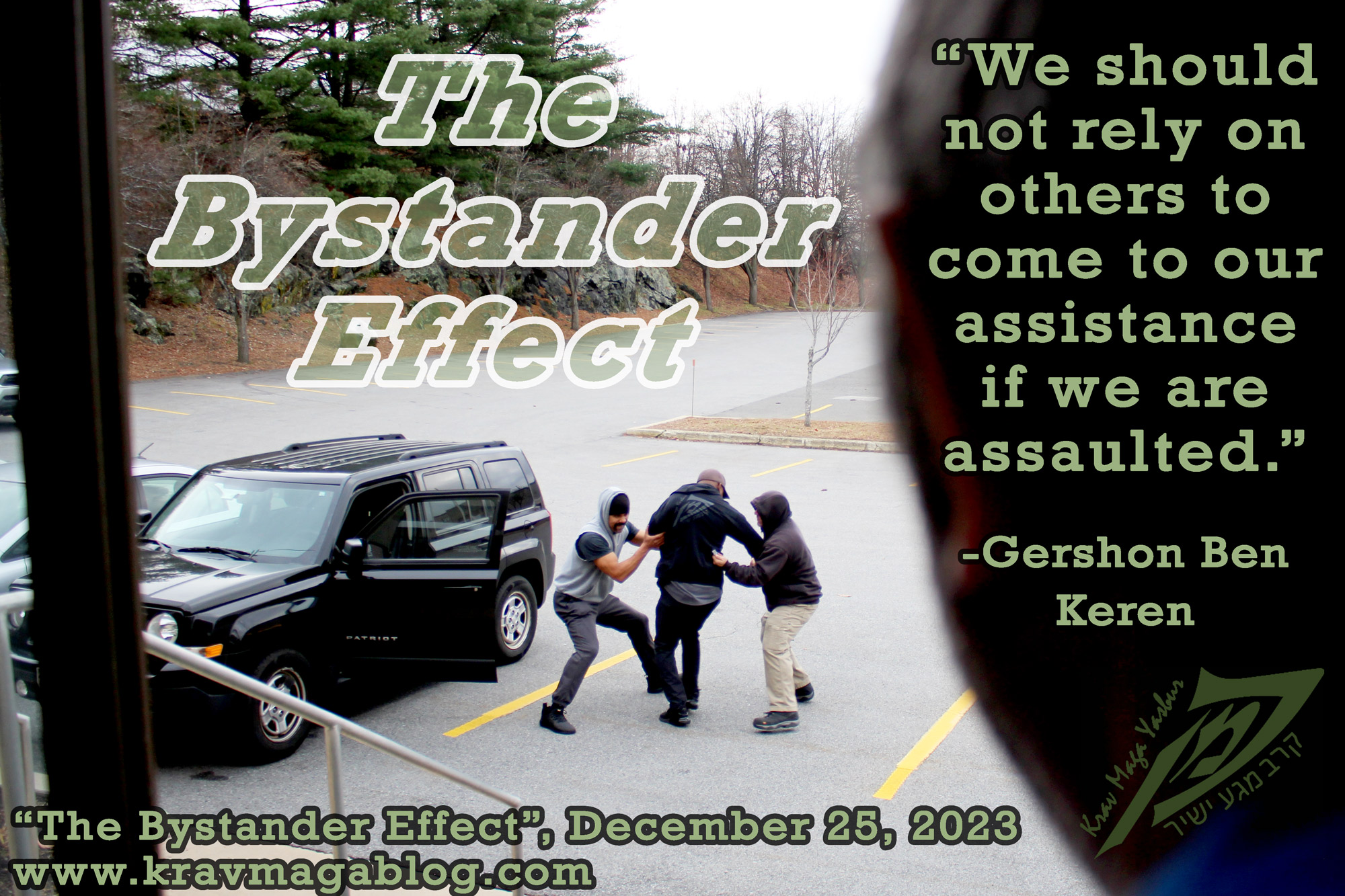Situational Awareness - The Environmental Aspect, is an article written by Gershon Ben Keren, a 5th Degree Black Belt in Krav Maga, who teaches Krav Maga in Boston, MA. He has also authored three Amazon best-Selling Books on Krav Maga.
When people talk about situational awareness (SA), they normally focus on individuals and people e.g. certain movements, behaviors and actions that identify someone in the environment may have harmful intent, and/or be engaged in a criminal activity. What often gets overlooked when considering what situational awareness is, and how it can be developed, is the physical landscape of the environment, and how this needs to be considered and taken into account, as well as the ways in which it can affect our awareness.
One way that an environment can affect our situational awareness is in regard to sound. If you are in an urban setting, comprising of tall brick and glass buildings, it may be difficult to identify where a sound such as a gunshot, or explosion is coming from. This is due to the fact that the sound bounces/echoes off the buildings, meaning it can be difficult to discern where the original noise originated from. Not taking this effect into consideration, could see you moving towards an active shooter rather than away. This is why in such situations it is better to find cover first, and assess the situation from there, than blindly running away from a sound. Part of your situational awareness, should also understand the difference between cover and concealment. Hiding behind a car door, may offer you concealment in an active shooter situation, but it is unlikely to offer you much cover i.e. most car doors won’t stop a bullet. On the other hand getting behind the engine block of the car will afford you good cover.
Whilst it is important to know what can afford you cover and concealment in an environment for your own protection, it is also important to understand what objects and places could conceal an attacker; where could somebody be hiding out of sight. If you do have to pass by such places, it is always good to put as much distance between you and them as possible, and be ready to act, if anything in your environment changes. You should also have an understanding of the entry and exit points in your environment e.g. where could you disengage to, and where could other assailants come from etc.
As well as points of concealment and entrance/exit points, you should also understand natural bottlenecks, and places where your normal movement could be slowed down, reduced or be restricted. I rarely stand on escalators, and choose to walk up them instead; if you stand on an escalator, it is very easy for somebody to come up behind you, put a knife to your back, and demand your wallet etc. If you think you are adept at dealing with armed assailants in a studio/dojo setting, consider how well you would fare on a moving platform, that isn’t large enough for you to turn on, and is at a different level to the one your assailant is on. This is what real-life violence looks like; situations where an assailant will try and put you at every disadvantage they can. The tops and bottoms of escalators are also prime locations for pickpockets, as when people are getting on and off, they are momentarily distracted – if these criminals are working as a team, they may put two people ahead of you to slow down your movement, so that the one who is behind has a little more time to relieve you of your items.
Just as being on an escalator, will restrict your movement, being on a train or a bus will do the same, but with the added benefit of seriously compromising your balance. If you consider that one of the advantages a trained person has over an untrained one, effective movement and power generation are two of the most important; both of which are severely compromised when on a moving platform. You must acknowledge to yourself that a large part of the skillset, which makes you effective as a fighter, have been taken away, or reduced.
You should also have an awareness for what objects could be used as barriers to prevent your assailant, or others from getting to you, along with how such objects could be used to inflict pain and injury on your attacker(s). A parked car can be used to put an obstacle between you and your assailant, as well as making a solid surface to strike your attacker with e.g. smashing their head off the hood, roof or windscreen. Along with such objects, you should be able to identify what could be used as an improvised weapon. I have written extensively about improvised weapons before, so I am not going to go into the classification system that I was taught, however I will say, that for any weapon to be truly effective it must be ready to hand, and require little or no processes in order to form it into a weapon e.g. if you think you have time to take your belt off and use it as a weapon, you’re probably working from a very strange idea of what real life violence looks like.
Whilst it is important to be able to identify individuals in your environment who possess criminal/harmful intent towards you, you should also be able to calculate how your physical landscape could be used either to your advantage or disadvantage. This too is part of situational awareness.
0 COMMENTS